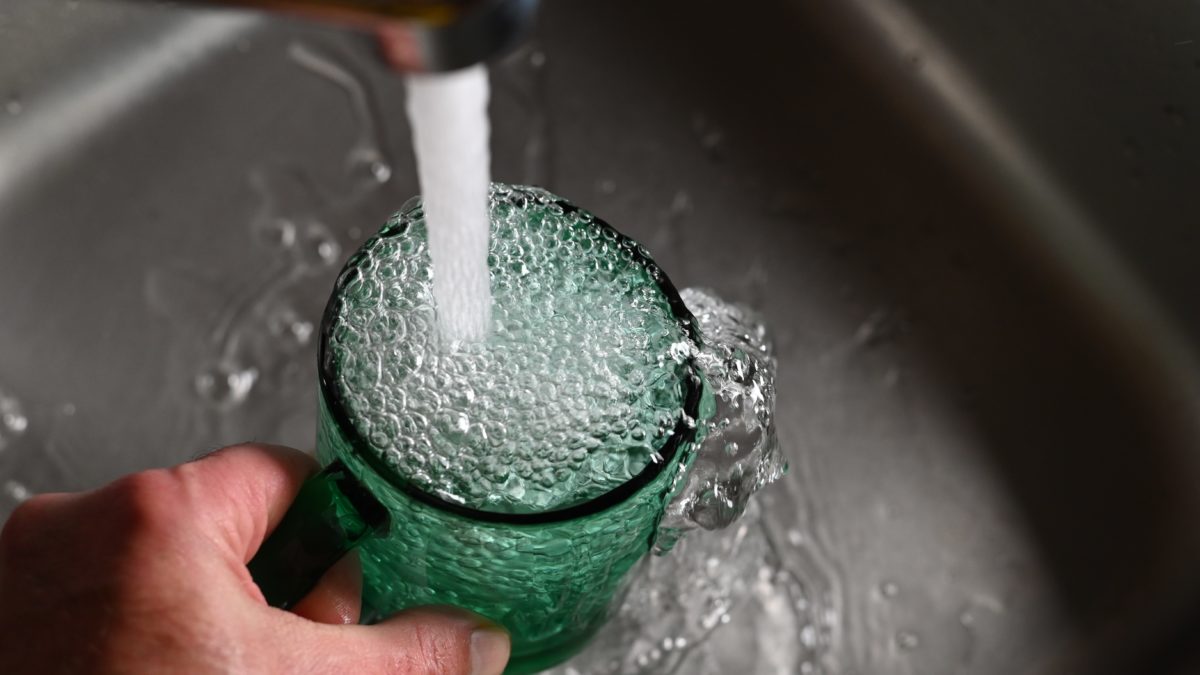The Environmental Working Group (Website) has just released its 2021 Tap Water Database that analyzes data from more than 1,600 systems in Florida, that serve roughly 20.5 million people, along with a call for stricter water quality standards and more funding for public water infrastructure improvements.
The organization launched in 1993 with a mission to spotlight out-of-date legislation and harmful policies that impact people’s health and the health of the environment.
The group recently released its annual Tap Water Database that allows users to enter their Zip Code to see reports of the types and amounts of toxic chemicals that are present in that location’s drinking water, and their associated health effects if people are exposed to them.
While OUC is in compliance with all federal health-based drinking water standards, EWG’s report found five contaminants that exceed their own in-house standards, which call for dramatic reductions in some of the toxins found in our local water, including the following:
- 1,3-Butadiene – 2.2x higher than EWG’s Health Guideline which suggests a benchmark of 0.0103 ppb vercus OUC’s recommended 0.0229 ppb. There is no legal limit.
- Chromium (hexavalent) – 2.3x higher than EWG’s Health Guideline which suggests a benchmark of 0.02 ppb versus OUC’s 0.0456 ppb. There is no legal limit. Chromium (hexavalent) is a carcinogen that commonly contaminates American drinking water. Chromium (hexavalent) in drinking water may be due to industrial pollution or natural occurrences in mineral deposits and groundwater.
- Haloacetic acids (HAA5) – 192x higher than EWG’s Health Guideline which suggests a benchmark of 0.1 ppb versus OUC’s 19.2 ppb. The legal limit is 60 ppb. Haloacetic acids are formed when disinfectants such as chlorine are added to tap water.
- Haloacetic acids (HAA9) – 544x higher than EWG’s Health Guideline which suggests a benchmark of 0.06 ppb versus OUC’s 32.7 ppb. There is no legal limit. Haloacetic acids are formed when disinfectants such as chlorine are added to tap water.
- Total trihaolmethanes (TTHMs) – 384x higher than EWG’s Health Guideline which suggests a benchmark of 0.15 ppb versus OUC’s 57.6 ppb. The legal limit is 80 ppb. Trihalomethanes are cancer-causing contaminants that form during water treatment with chlorine and other disinfectants.
Other contaminants detected include 2-propen-1-ol, Barium, Chromium, Fluoride, Manganese, Molybdenum, Nitrate, Quinoline, Selenium, Strontium, and Vanadium.
We shared the results with the Orlando Utilities Commission which said that the EWG’s standards differ greatly from both the U.S. Environmental Protection Agency and the Florida Department of Environmental Protection and that OUC was well within all required limits.
It should be noted that the EWG sells water filters on their website.


I have OUC water and I’ve always smelled like a pesticide or something when my tap is on. It was so bad that I even paid for my own water test from Amazon. The lab results all came back negative, but it still might be something that wasn’t included in the test.
EWG does NOT sell water filters.